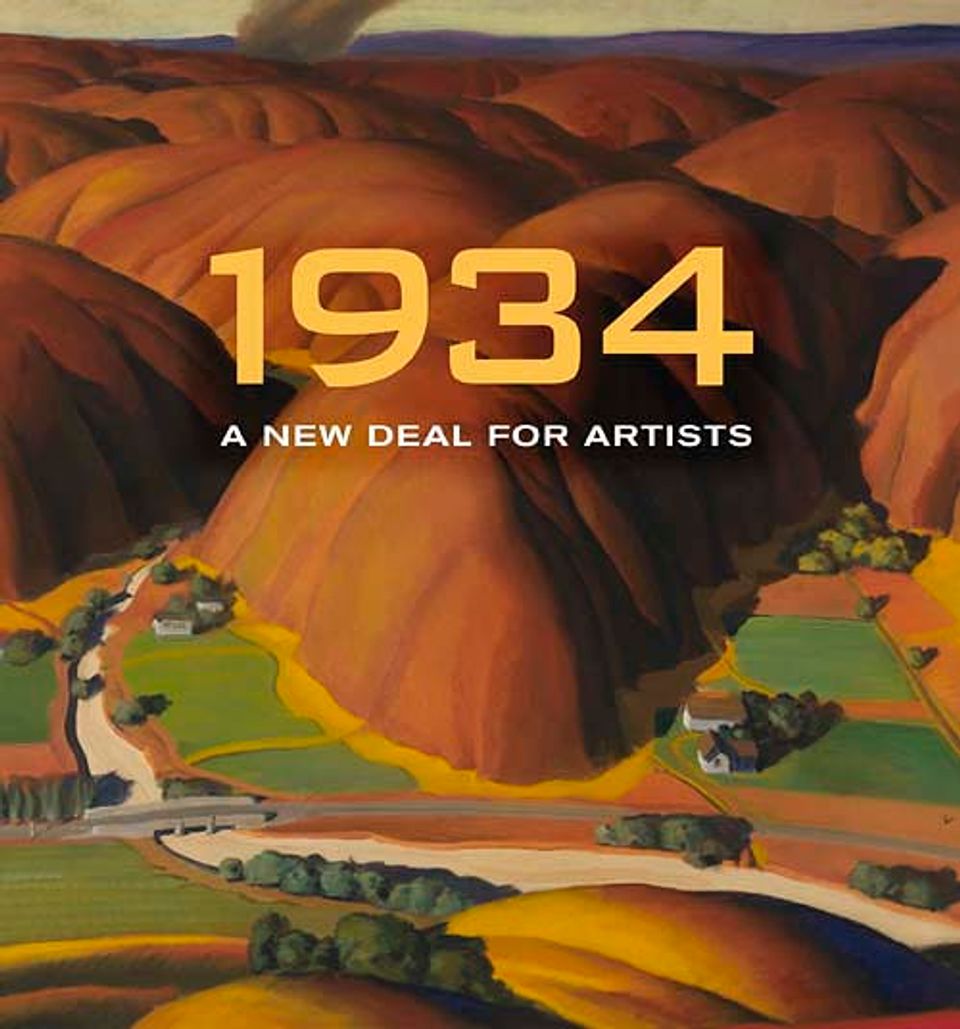Artwork Details
- Title
- Waterfront Scene
- Artist
- Date
- 1934
- Location
- Not on view
- Dimensions
- 40 1⁄8 x 53 3⁄4 in. (101.8 x 136.6 cm)
- Credit Line
- Transfer from the U.S. Department of Labor
- Mediums
- Mediums Description
- oil on canvas
- Classifications
- Subjects
- Figure group — male
- Waterscape — boat
- Architecture — machine — crane
- Occupation — industry — shipping
- New Deal — Public Works of Art Project — New York City
- Cityscape — wharf
- Object Number
- 1964.1.5
Artwork Description
The red band around the tug's funnel is the only note of bright color in this work-a-day painting. Heavy black outlines define the powerful forms of the men and the harbor. Janni's painting of the noisy, dirty waterfront is as vigorous and straightforward as the longshoremen's labor. The artist could identify with his subjects; as an article about the PWAP stated, "the administration has determined that work must be found for artists as well as for longshoremen."
1934: A New Deal for Artists exhibition label














